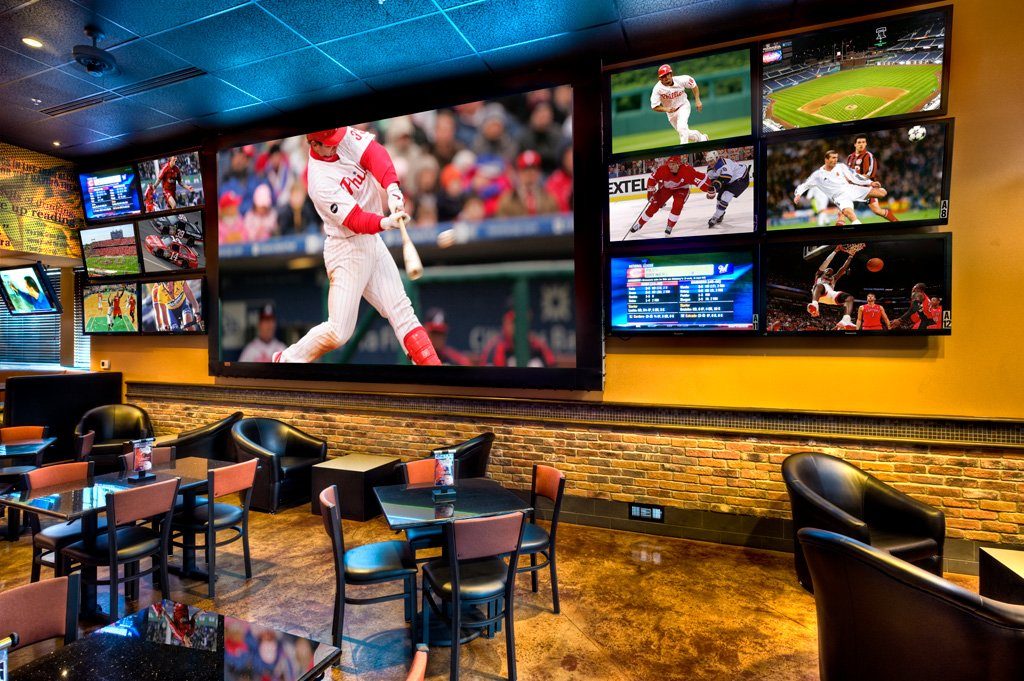Integrating Traditional Platforms with Advanced Audio Connectivity Solutions to achieve Enhanced Efficiency and Flexibility.
Integrating Traditional Platforms with Advanced Audio Connectivity Solutions to achieve Enhanced Efficiency and Flexibility.
Blog Article
Within the current rapidly evolving world of audio technologies, the requirement to enhance efficiency and flexibility in audio solutions is more crucial than ever before. Many entities and venues still rely on legacy systems, which are antiquated technologies that may fail to have the capabilities of contemporary equipment. Nevertheless, harmonizing these legacy technologies with cutting-edge sound communication technologies can lead to substantial improvements. Audio communication allows for better interconnectivity between devices, allowing it simpler to control and operate sound across various areas.
A of the key advantages of integrating outdated technologies with modern sound networking is enhanced adaptability. Traditional sound systems often involve complicated wiring and restricted routing options. With sound networking technologies like Dante or AVB, audio transmissions can be sent over conventional Ethernet cables. This implies that operators can easily link multiple units without the requirement for extensive reconfiguration. Regardless in a performance venue, a school theater, or a corporate event, this adaptability allows for rapid adjustments and modifications to the audio setup without significant delays.
Quality is another significant element that improves when older technologies are upgraded with current communication solutions. Legacy systems may struggle to deliver superior sound, especially in larger spaces or in complex occasions. By adopting audio networking, entities can leverage of sophisticated features such as minimal delay, synchronization, and digital data management. These improvements help guarantee that audio is distinct and consistent, enhancing the overall quality for listeners and performers alike. This shift can create a noticeable difference in the way audio is perceived in different settings.
Moreover, integrating outdated systems with modern solutions can lead to financial benefits in the long run. Although modernizing to novel equipment may necessitate an initial cost, the effectiveness gained through audio networking can lower upkeep costs and minimize the requirement for continuous fixes. Additionally, networked technologies often need fewer physical space than traditional installations, which can reduce on real estate costs in venues. Entities can distribute funds better effectively, utilizing the savings they retain to invest in other important areas.
Lastly, training personnel on the method to use integrated technologies becomes easier with audio communication. Numerous modern audio networking systems come with intuitive interfaces and distant management capabilities. This indicates that including those who may not significant technical knowledge can be trained to manage and operate the audio systems effectively. Educational initiatives can be developed focused on these solutions, empowering personnel to maintain and troubleshoot technologies with confidence. By combining the legacy with the new, entities can create a more capable useful site and knowledgeable team, ultimately leading to improved sound outcomes for everyone involved.